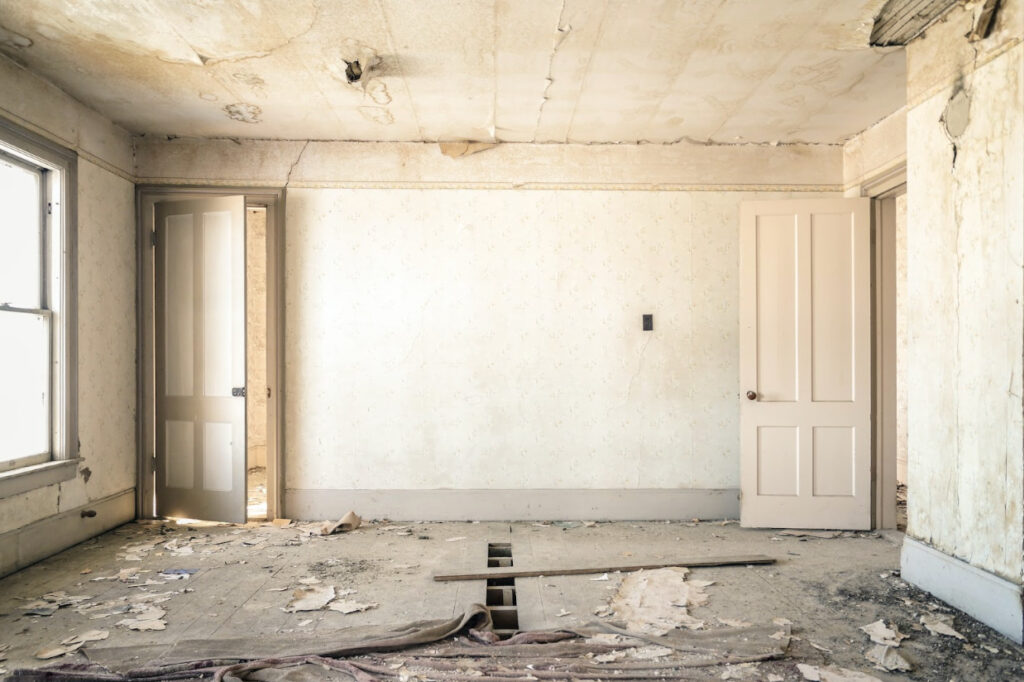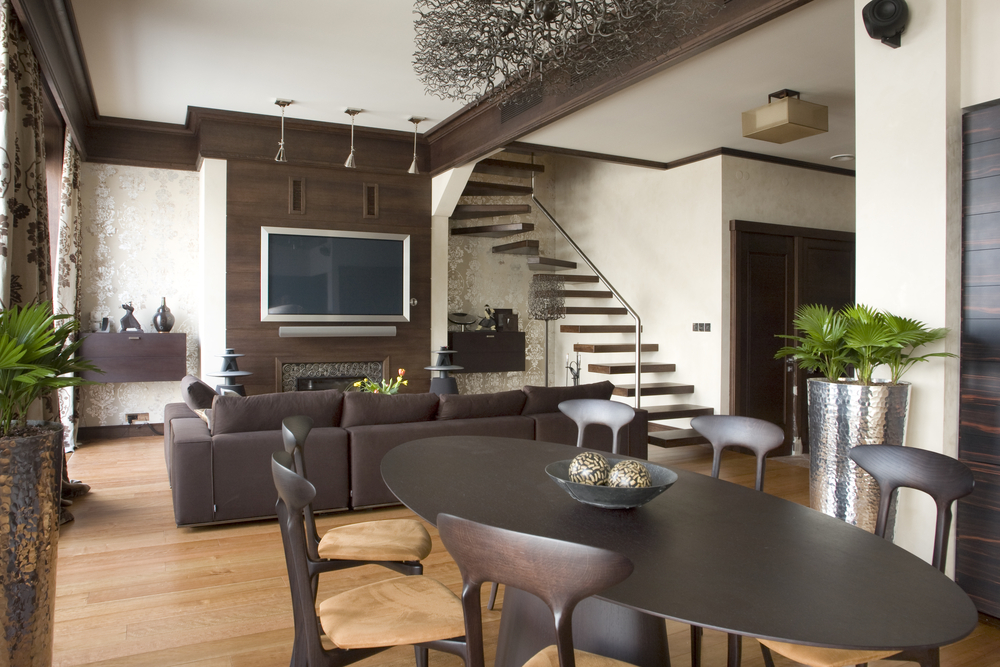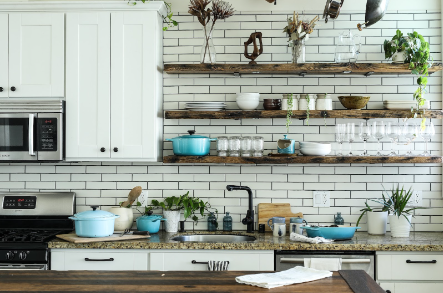A Zen den is a peaceful space designed for relaxation and mindfulness. Picture a clutter-free room with minimalistic furniture and soft, neutral colors.
You might have floor cushions, a low table with a bonsai tree, and a gentle waterfall feature for soothing sounds. Natural light filters through sheer curtains, creating a serene ambiance. It’s a perfect spot for meditation, reading, or quiet contemplation.
Creating a Zen den is a transformative undertaking that offers myriad benefits for both your physical and mental well-being. In our fast-paced and increasingly chaotic world, having a dedicated space of tranquility within your home provides a precious refuge from the stresses of daily life.
Choosing the Right Location
If you’ve decided to build your own little sanctuary, it’s important to pick the right location.
Begin by looking for a quiet, secluded area that is free from the distractions of daily life. For example, a spare room, cozy corner by a window, or even an underused alcove are great options for your tranquil retreat.
Choose a well ventilated area with plenty of natural light, as these elements add to the overall serenity of the space. By choosing a location that minimizes external disturbances, you’re setting the stage for a Zen den that truly allows you to unwind and find solace.
Minimalistic Design
Simplicity lies at the heart of a Zen den’s design. The space should be as free of clutter as possible; opt for clean lines and uncluttered surfaces.
Go with neutral colors, such as soft whites, muted grays, and gentle earth tones, and incorporate natural materials such as wood, bamboo, and stone.
Drawn to a specific theme? Consider infusing Japanese-inspired elements, like shoji screens or tatami mats, to evoke a sense of Zen authenticity.
Essential Elements for Your Zen Den
Opt for comfortable seating options like floor cushions or a meditation chair, and choose low furniture pieces, such as a minimalist coffee table or a tatami mat, to encourage a grounded feel.
No Zen den would be complete without indoor plants, which not only purify the air but also create a connection to nature. Candles, soft textiles, and gentle water features can foster a feeling of peace and serenity.
Mindful Arrangement and Layout
Focus on putting together a layout that encourages a harmonious flow and balance. Seating should allow for easy movement and unobstructed pathways, and, add symmetry where possible, as it promotes a sense of order.
Adding Personal Touches
Add personal touches that are meaningful to you, including elements such as artwork, photographs, or inspirational quotes that uplift your spirits.
Make Your Zen Den Free of Technology
One of the primary objectives of a Zen den is to provide a sanctuary from the constant drone of technology. Let everyone know that the Zen den is a technology-free space to encourage everyone to experience a digital detox.
How to Bring Zen to Your Life
While your Zen den serves as a dedicated space for mindfulness and relaxation, its influence can extend far beyond its physical boundaries. Integrate mindfulness practices into your everyday activities within the space – whether it’s reading a book, journaling, or engaging in gentle stretches.
When you create a peaceful and calm atmosphere in your Zen den, you’ll notice that these feelings start to spread to other parts of your life too. The ideas of balance, staying calm, and mindfulness that you experience while in your Zen den can help you have a more centered and satisfying way of living. As you step away from all the distractions around you and surround yourself with tranquility in your Zen den, you’ll find a deep sense of clarity and joy that spreads to other areas of your life.
Achieve Zen in Every Corner of Your Home






